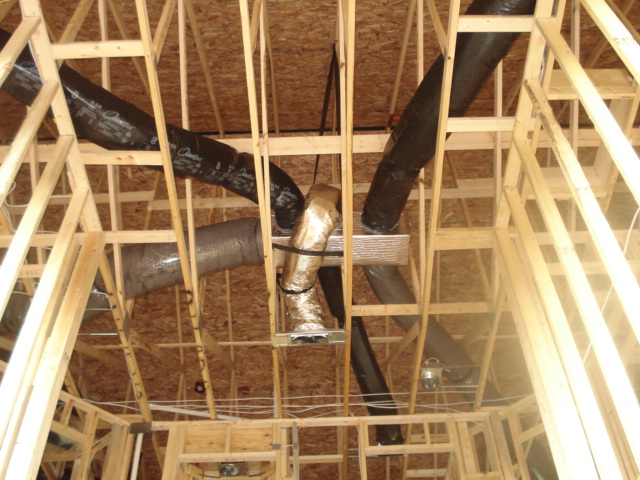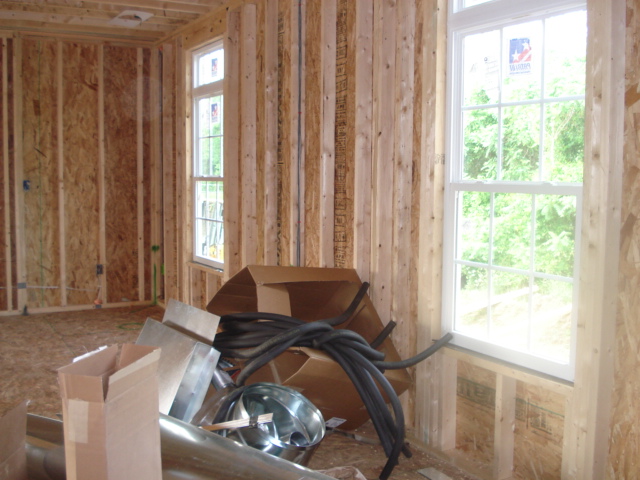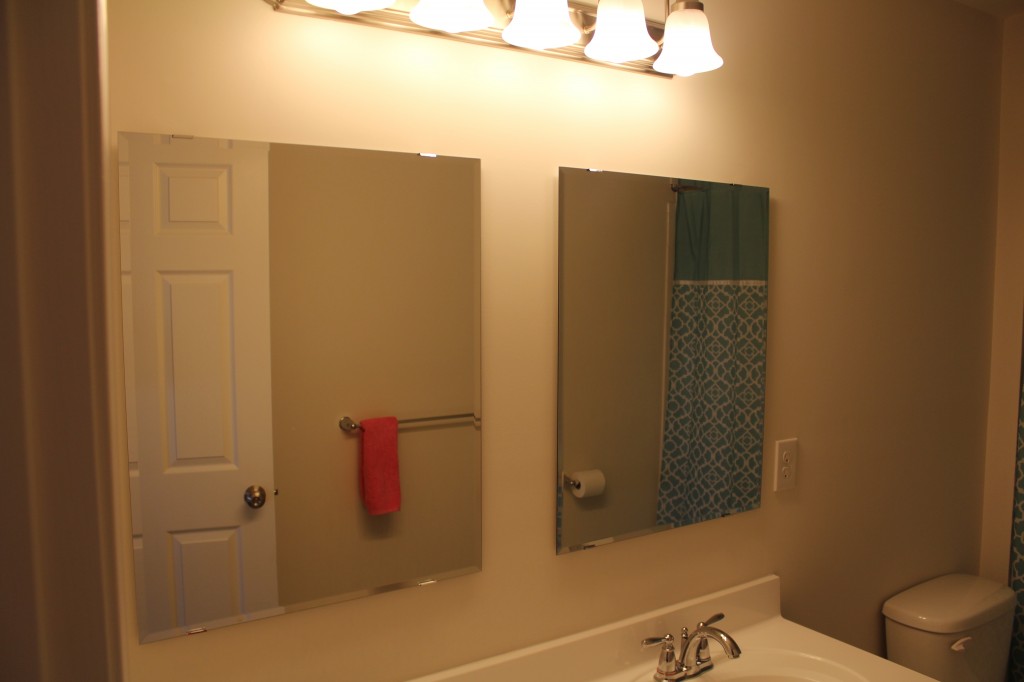Thinking about building a new home? It can be one of the most rewarding experiences in your life, but it can also cause a lot of stress and aggravation. Here are 5 tips for new home builders that we’ve learned from the build of our new home in 2010.
Before you Build
1. Did you know you can use a realtor even with a new construction builder? Yep. As a buyer, you’re entitled to use a realtor regardless of the type of property you’re buying. Before we decided to build our current house, we were concentrating our home searches on local builder’s websites and it never occurred to us to enlist the help of a realtor. We were mainly looking at new developments in our free time and thought it was a little liberating to deal directly with the builder. However, more than one of our neighbors used realtors during their build and they had a positive experience. Using a realtor to deal with a builder can be advantageous if the build process becomes problematic. They can help negotiate prices and options on your behalf, which can end up saving you big money, which brings us to our next piece of advice..
2. You can haggle with the builder over the home price and upgrade options. We didn’t really know this was an option when we built. We treated it like it was going to Walmart and picking items off the shelf, it costs what it costs. However, had we known better we may have tried to negotiate a few additional options. All in all, we got what we wanted and we were very happy with the price. Some of the features we would have liked but didn’t pop for, we’re adding ourselves at our own pace. The important take away from this tip is don’t treat the process any different than buying a pre-built home. You can make an offer lower than the stated value of the home and the options. It doesn’t mean the builder will take them, but you may get a few additional options thrown in. The state of home sales and local demand are likely to be key factors in how likely a builder is to adjust their price for a sale.
3. Take a serious look at the other homes in the development and pay particular attention to their features. If your home will be one of the later homes added, you can get a feel for how many homes have brick, stone, siding and their colors. The current neighborhood inventory may be likely to affect your home’s features. A lot of builders won’t let you build a home that is identical to the home next to it in order to preserve some individuality. If the builder doesn’t stop that sort of thing, then be aware that someone may be able to build next to you with the same exact features as your house. This all may play into your decision on which lot to pick and what elevations are available. Plus there may be options you weren’t aware of like bigger basement windows or egresses.
4. Our builder had us come through the house before they insulated and dry walled it to pick security system locations and to perform a general inspection. The project manager advised us to take a lot of pictures so we know what’s behind the walls. Why would we want to know that? In case we want to know where wires, pipes and gas lines are run. It’s not crucial, but it certainly helps during some home improvement projects or repairs.
For example, if the upstairs heating or A/C doesn’t seem to be working properly, we know what the distribution system looks like….
Or what if we want to hang a flat screen TV on the wall and we’re not sure where the studs are (plus our stud finder isn’t working)…
Get the idea?
5. Addition by subtraction. While you will undoubtedly need to pay extra for added features, it may not cost you anything to remove something from your plans if you really don’t want it. Case in point: Those huge builder grade mirrors in the bathrooms that everyone ends up ripping out when the renovate the bathroom. Even if you get an upgraded bathroom package, they usually still come with those huge mirrors. If you’re a fan of them, good for you. I’ve seen a lot of people dress them up with window trim and they’re totally okay with them. If you’re not, you can ask your builder to just leave them out. There’s nothing in the international builder’s code that requires gigantic mirrors in the bathroom for an occupancy cert. Your builder will probably be open to doing slightly less work, especially if you ask nicely for it. We were able to swing this no-mirror move in both our master and our hall bathroom. Right after we moved in, we popped by Ikea and installed these Kolja mirrors. They’re cheap, but they’re more attractive and a lot easier to remove than the giant Hubble telescope like space mirrors they were going to put in.
Any new construction advice to add? What would you do differently?